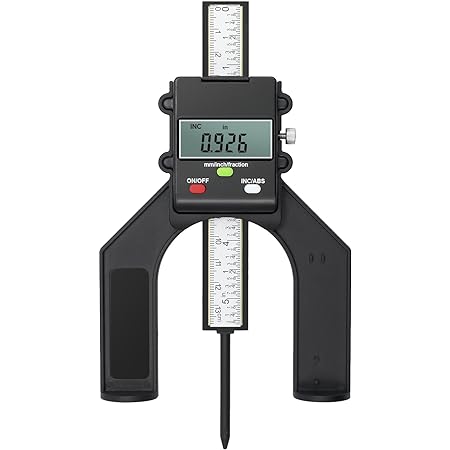RobinBHM
Established Member
small nick in the blade there (which does not detract from the super clean work of course!)A good 1/4" plunge router is ideal for small chamfers. I'd argue better than a trim router because you have more base and a plunge handle to the side that helps you keep the weight over the supported half of the base pressing it firmly down on the surface of your work.
250 feet like this today. No issues.



































